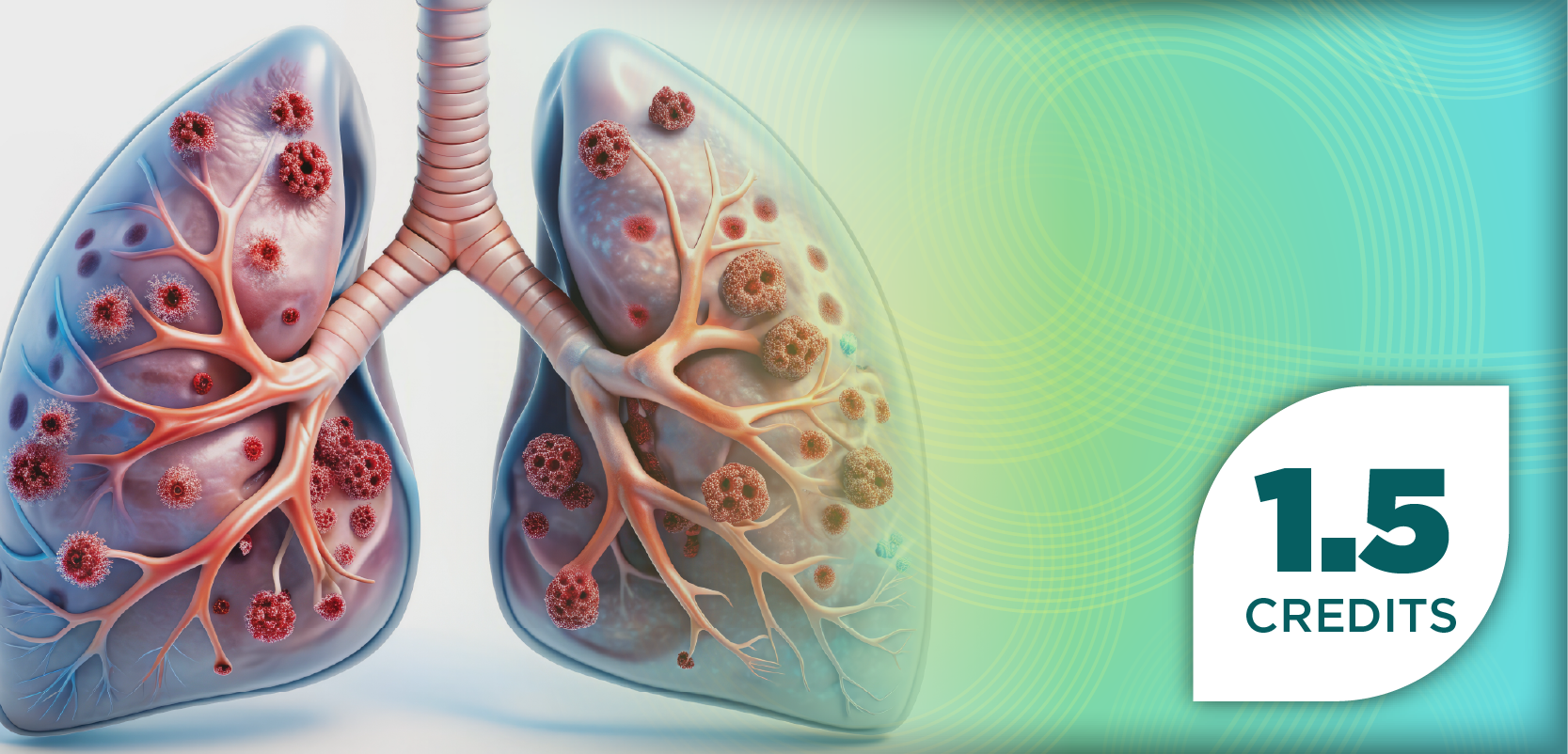
A Pharmacist’s Guide to New IDSA Guidelines for Complicated UTIs
Key Takeaways
- IDSA's new guidelines address cUTI management in both genders, focusing on antibiotic selection, IV to PO transition, and therapy duration.
- A 4-step approach guides empiric antibiotic therapy, considering illness severity, patient-specific factors, and local antibiograms.
IDSA updated cUTI guidelines for men and women emphasize antibiotic selection, transition to oral therapy, and optimal treatment duration.
Complicated urinary tract infections (cUTIs), as defined by the Infectious Diseases Society of America (IDSA), are infections that extend beyond the bladder, including pyelonephritis.1 Previous guidelines from the IDSA in 2010 focused on management of acute uncomplicated cystitis and cUTIs in women; men were not included.1,2 As of July 17, 2025, the IDSA published its first guideline on treating and managing cUTIs in both men and women.
Guideline recommendations include selection of antibiotic therapy, timing of intravenous (IV) to oral (PO) antibiotic transition, and duration of therapy. The IDSA recommends using a 4-step approach for guiding selection of empiric antibiotic therapy. This approach includes1:
- Determine severity of illness (i.e., the presence of sepsis or not)
- Evaluate patient-specific factors for uropathogens
- Evaluate patient-specific factors for adverse effects (i.e., allergies, drug-drug interactions)
- Review a local, recent, and relevant antibiogram to select an appropriate antibiotic (in patients with sepsis only)
Selection of empiric antibiotic therapy, as discussed, is based on the presence of sepsis. Initial therapy for patients with sepsis should prioritize use of third- or fourth-generation cephalosporins (IV), carbapenems (IV), piperacillin-tazobactam (IV), and fluoroquinolones (IV/PO).1
Initial therapy for a patient without sepsis should prioritize use of the previously listed antibiotics except for carbapenems, which should be avoided. Guidelines also state trimethoprim-sulfamethoxazole (PO) can be used in patients without sepsis.1
Following empiric therapy, prescribers can select definitive treatment. Antibiotic choices in confirmed cUTI should be narrowed based on the results of urine cultures.
The IDSA recommends patients with or without Gram-negative bacteremia (i.e., Escherichia coli) be transitioned from IV to PO antibiotics once patients achieve all 3 of the following criteria: clinical improvement, toleration of PO medication, and availability of an effective PO antibiotic.1
The total duration of antibiotic therapy for cUTI treatment is important for both the patient and antibiotic stewardship. The IDSA recommends a cUTI be treated with a shorter course of antimicrobials—5 to 7 days of a fluoroquinolone or 7 days of a non-fluoroquinolone. If the patient has concurrent Gram-negative bacteremia, they should be treated for 7 days.1
IDSA guidelines for the treatment and management of cUTI have been updated. Recommendations for both men and women include treatment selection, transitioning to PO medications, and appropriate duration of therapy. Appropriate antibiotic use is important for both pharmacists and pharmacy technicians to understand. With these most recent guidelines, individuals on the pharmacy team can appropriately treat patients with cUTI and be good stewards.
REFERENCES
Infectious Diseases Society of America. Complicated Urinary Tract Infections (cUTI): Clinical Guidelines for Treatment and Management. July 17, 2025. Accessed July 21, 2025.
https://www.idsociety.org/practice-guideline/complicated-urinary-tract-infections/# .Gupta K, Hooton TM, Naber KG, et al. International clinical practice guidelines for the treatment of acute uncomplicated cystitis and pyelonephritis in women: A 2010 update by the Infectious Diseases Society of America and the European Society for Microbiology and Infectious Diseases. Clin Infect Dis. 2011;52(5):e103-e120. doi:10.1093/cid/ciq257.
Newsletter
Stay informed on drug updates, treatment guidelines, and pharmacy practice trends—subscribe to Pharmacy Times for weekly clinical insights.













































































































































































































